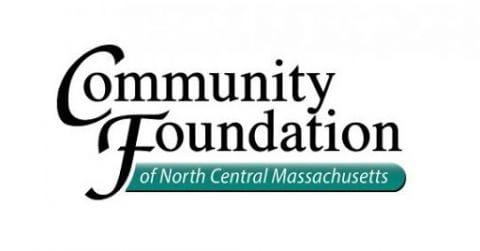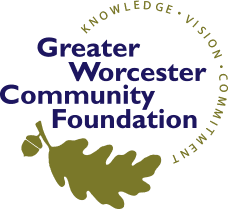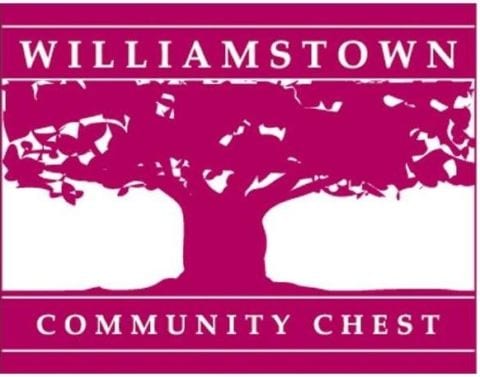February 7, 2008
Forum Brings to Light Lack of a ‘Level Playing Field’
By Kate Czaplinski
Sentinel & Enterprise
Article Launched:02/07/2008 10:00:20 AM EST
FITCHBURG — An open forum on structural racism in the United States sparked serious and thoughtful discussion of race issues in North Central Massachusetts Wednesday night.
The North Central Massachusetts Minority Coalition hosted the event as the first part of a forum series entitled “Facing Race: We’re Better Together.”
Approximately 100 people attended the event at Fitchburg State College’s Percival Hall.
Attorneys Valerie Zolezzi-Wyndham and Carla Halpern, of Legal Assistance Corp. of Central Massachusetts, presented startling facts about racism that exists in government practices, public policies and cultural representations.
“Racism goes beyond what people think racism is,” Halpern said. “It is so ingrained in our society and ingrained in our laws.”
The forum touched on some facts about structural racism that often go unnoticed, Halpern said.
“We’re not saying that things aren’t difficult for all people these days,” Zolezzi-Wyndham said during her presentation.
One example of disparity Zolezzi-Wyndham cited how a black man who earns the same income as a white man would still have a lower net worth or wealth accumulation because of government-sanctioned racism that existed in the past.
Though the civil rights movement removed the more obvious forms of racism from our society, the housing market and educational systems made it more difficult for blacks and Hispanics to get ahead in modern society, according to the attorney.
“Upward mobility to the middle class comes from education and home ownership,” Zolezzi-Wyndham said. “If you don’t have a home you can’t pass wealth down to your family. Inequality is passed down from generation to generation.”
And when families can afford homes, they are generally worth less than homes owned by their white counterparts, she said.
“Homes purchased in African American neighborhoods don’t appreciate at the same rate,” Zolezzi-Wyndham said.
Blacks are 3.8 times more likely than whites to receive a higher interest rate on a mortgage and Hispanics are 3.6 more likely, according to a 2007 report from the Federal Reserve.
Halpern asked members of the audience to demonstrate a “level playing field” during the presentation. The volunteers all started standing on the same line and imagine that the “American Dream” was ahead of them. She asked participants to take a step forward if their grandparents had Social Security Benefits, received land from the G.I. Bill, or had ancestors willingly come to the country from Europe.
Participants took a step back if they had ancestors who were banned from attending most colleges, who didn’t receive Social Security, or who attended an underfunded urban or rural high school.
When the exercise was finished white participants were clearly at the head of line toward the “American Dream.” Participants of color were behind.
“The people up here can’t see what’s going on behind them,” Halpern said speaking metaphorically of the people at the head of line. “People who are privileged often don’t see they are privileged. They believe anyone can succeed simply by working hard and some people can run really fast and end up in the front, but that’s asking a higher standard for someone and it’s not fair.”
The next forum sponsored by the coalition, “Race, Women & Women of Color,” will be held March 27 at FSC.

















































